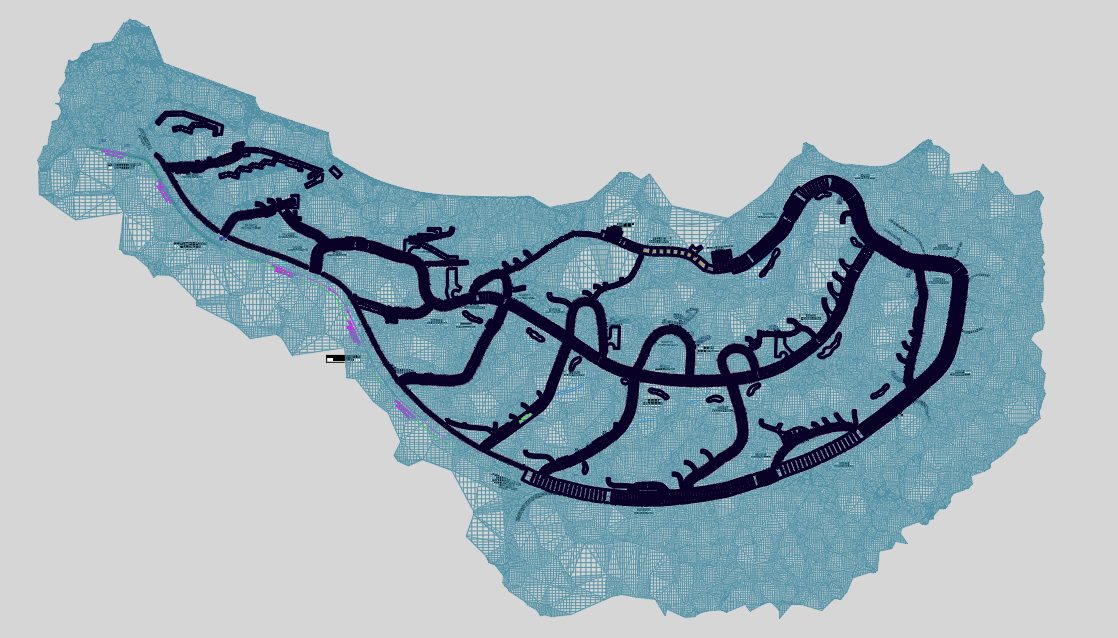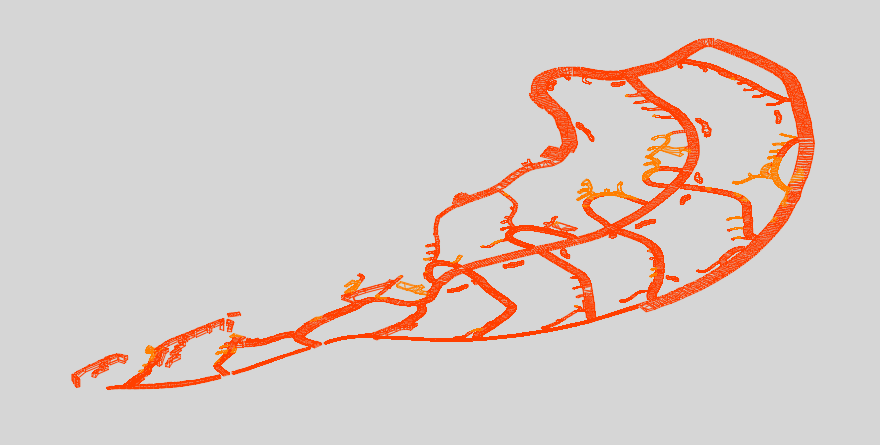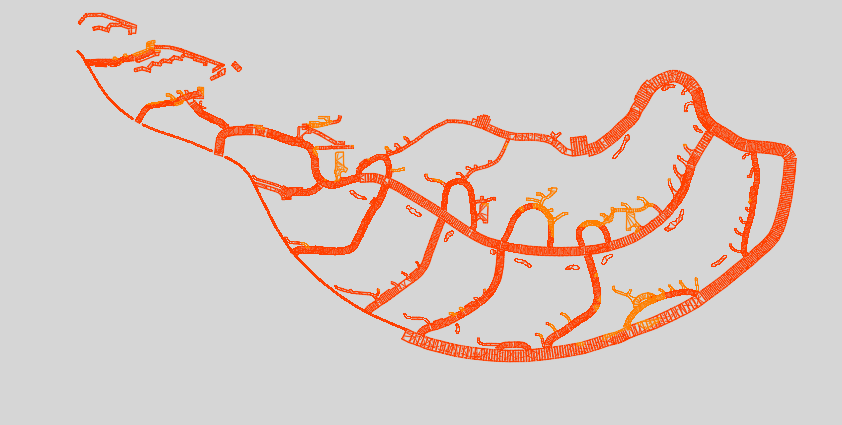In the case of Revit, record lists are created which include quantity calculation parameters. These are then exported to excel spreadsheets. This method provides even better graphical control of the entities being counted. The accuracy of the calculations is greatly affected by the method used to derive the quantities:
- Analytical calculation method: According to this method, the quantities are derived in an analytical way, that is, using mathematical equations which are recorded in parameters. The particular method applies in general when the user chooses as a modeling method the use of personally developed, non-conventional entity-families (custom-made families) of objects for reasons of speed in drawing up designs and reuse of the entities in multiple projects.
- Graphical method of calculation: According to this method, the quantities are derived in a purely graphical way, i.e. using parameters which are provided ‘built-in’ by the software and record the quantities of the objects based on their geometry. This particular method is mainly indicated when the user chooses to use entity-families of objects that already exist in the software, or they can be created relatively quickly with a limited possibility of parameterization and therefore reuse (built-in families, model-in-place families).




